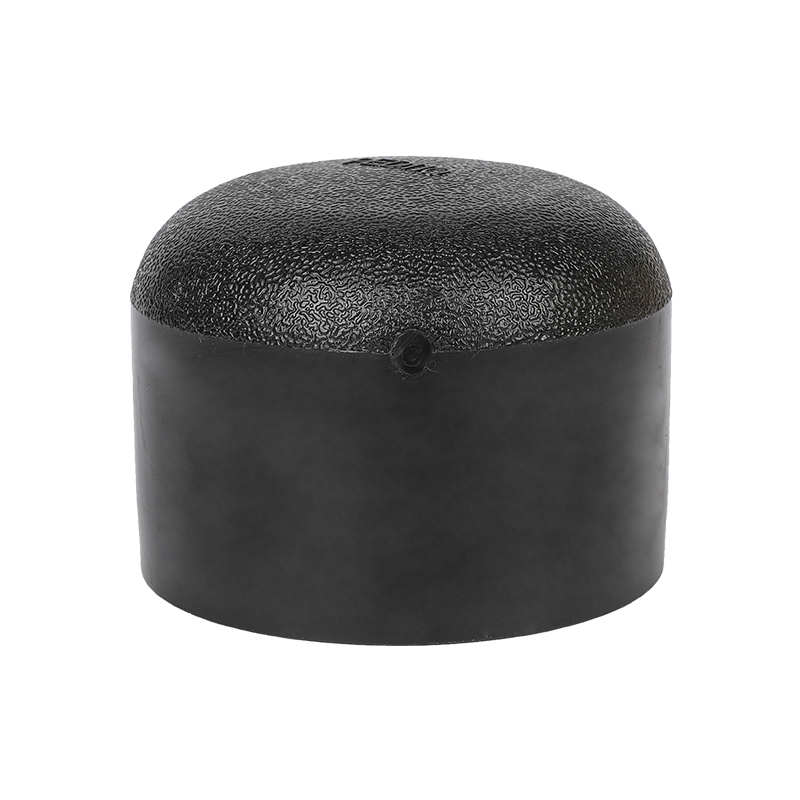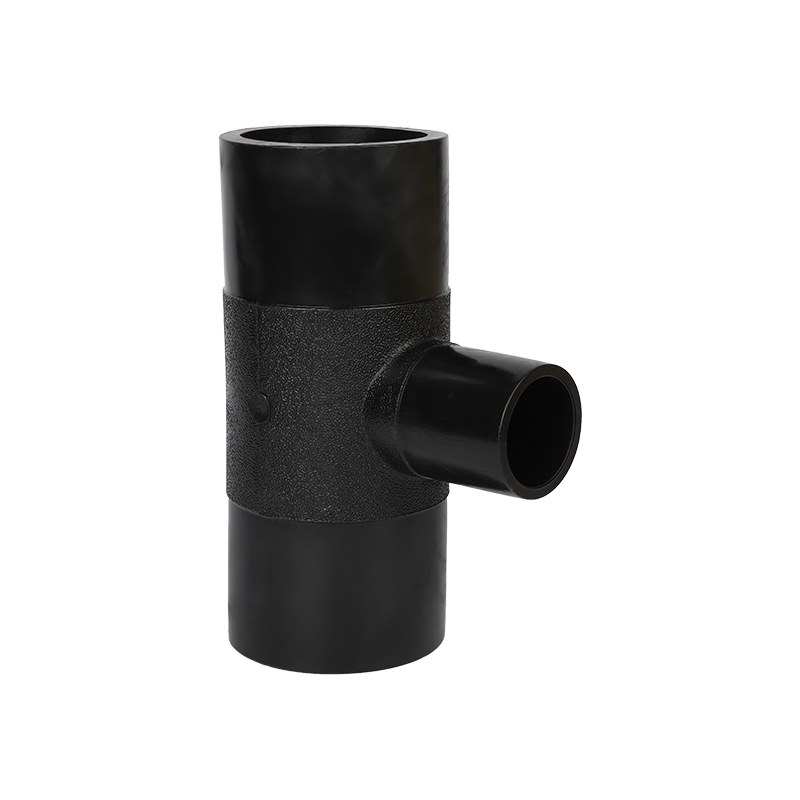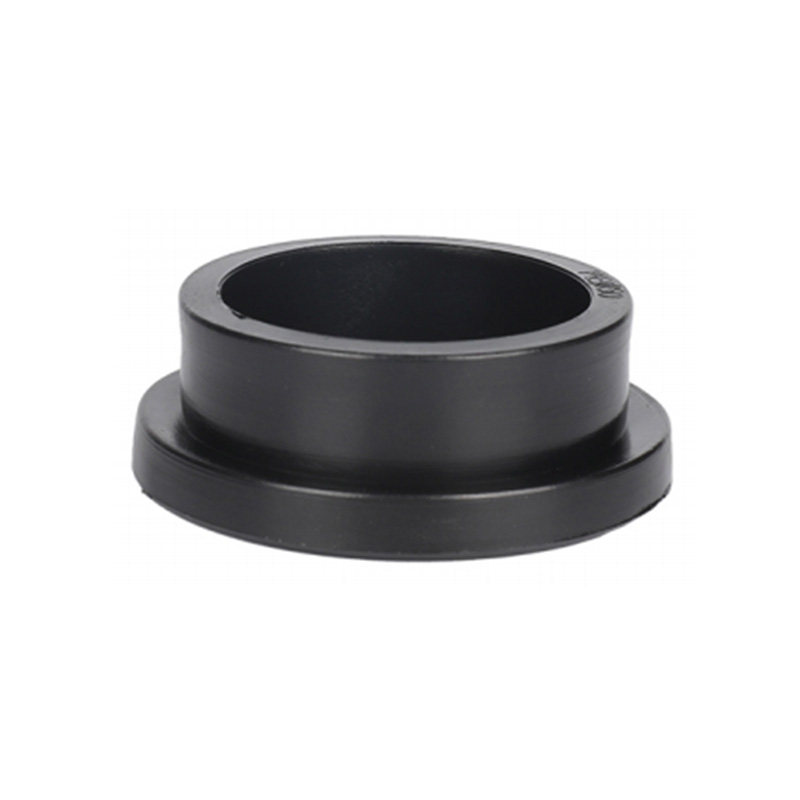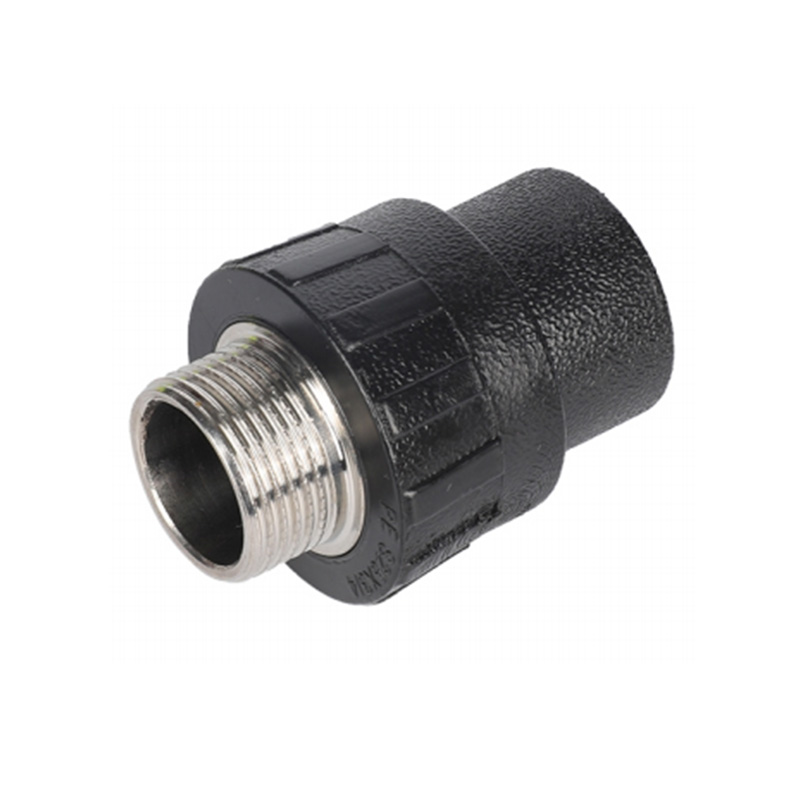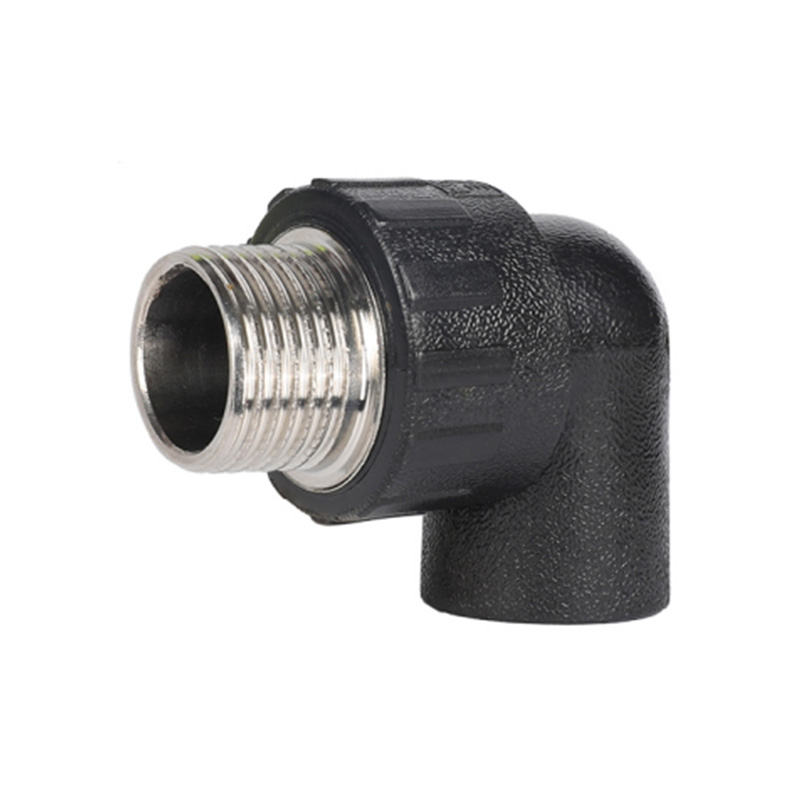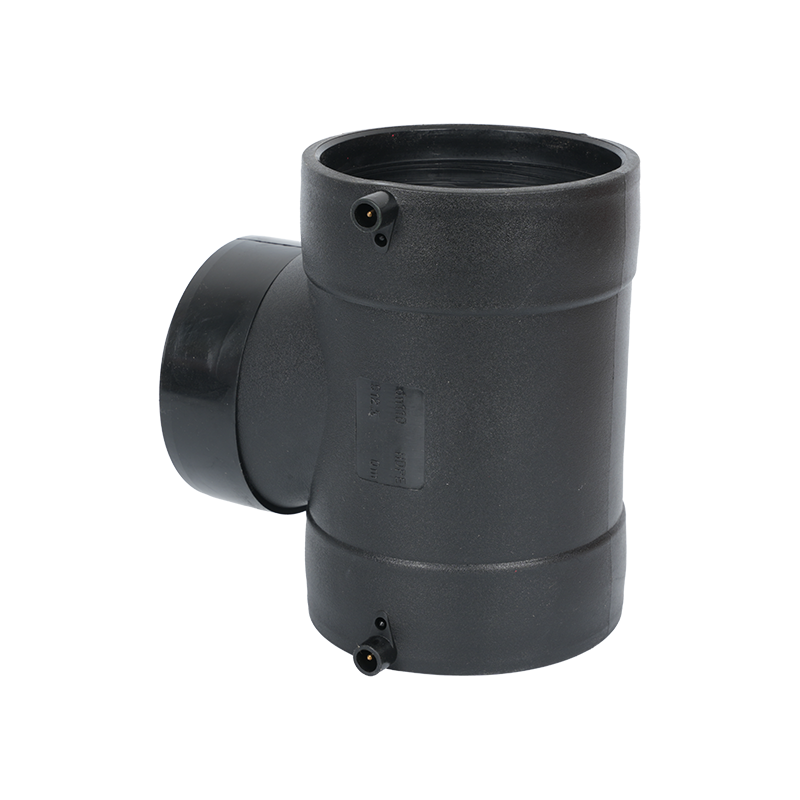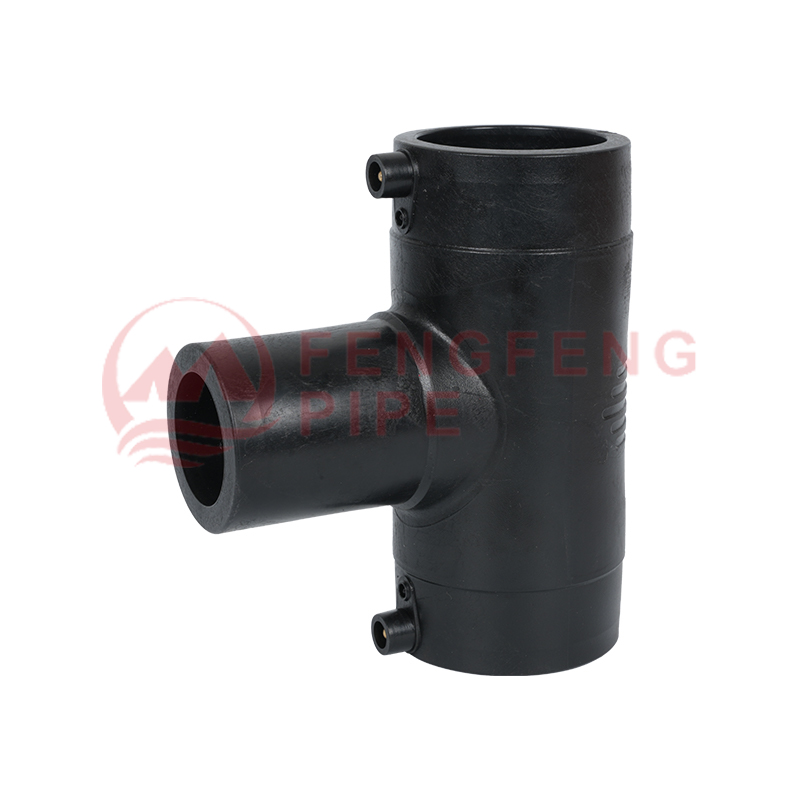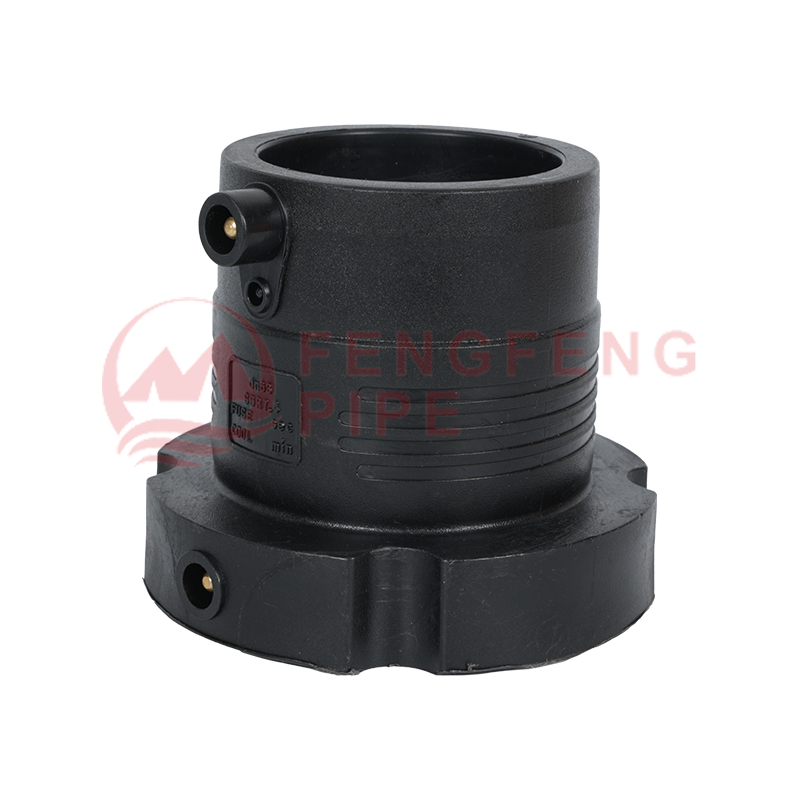What preparations should be made before installing hdpe socket fusion fitting
 2024.11.18
2024.11.18
 Industry news
Industry news
As a key connection component in the HDPE pipeline system, the preparation work before installation of HDPE (High Density Polyethylene) Socket Fusion Fitting is crucial, which directly affects the smooth progress of the subsequent installation process and the long-term stability and safety of the pipeline system.
Material preparation and inspection
Confirmation of material specifications and models
Before installing HDPE Socket Fusion Fitting, it is necessary to first confirm the specifications, models and quantities of the required components according to the engineering design and actual installation requirements. This process involves a detailed check of the pipe diameter, wall thickness, connection method (such as hot melt socket or electric fusion, etc.) and the types and quantities of required accessories. Ensuring that the selected materials can meet the engineering requirements is the basis for ensuring the overall performance of the system.
Material quality inspection
It is necessary to conduct a comprehensive quality inspection of the HDPE Socket Fusion Fitting and its supporting pipes to be installed. This inspection should ensure that all materials meet relevant standards and regulations. The inspection content includes whether the surface of the material is flat and smooth, and whether there are defects such as cracks, deformation or contamination. At the same time, the cleanliness of the inner wall of the pipe also needs to be carefully checked to ensure that there are no impurities and attachments to ensure the reliability and sealing of the connection.
Installation tools and equipment preparation
According to the specific installation requirements, the corresponding installation tools and equipment need to be prepared, including hot melt welders, electric fusion welders, cutters, sandpaper, alcohol, dry cloths, tape measures, markers, etc. Make sure all tools and equipment are in good working condition so that they can be used smoothly during the installation process.
Site environment assessment and preparation
Construction site cleaning
Before the installation work begins, it is crucial to thoroughly clean the construction site. This process ensures that the ground is flat, free of debris and obstacles, which helps to ensure the smooth progress of the installation process and reduce the occurrence of accidents.
Environmental factor assessment
Evaluating the environmental factors of the installation site, including natural conditions such as temperature, humidity and wind speed, is an important step to ensure the quality of installation. These factors may have a significant impact on the installation quality and performance of HDPE Socket Fusion Fitting. Too high or too low temperature may affect the heating effect and welding quality of the hot melt welder; while too high humidity may cause the surface of the pipe to be wet, which in turn affects the welding effect.
Safety measures arrangement
According to the specific conditions of the construction site, corresponding safety measures need to be arranged. This includes setting up safety warning signs, preparing fire-fighting equipment, ensuring stable and reliable power supply, etc. At the same time, safety education and training are carried out for installers to improve their safety awareness and operating skills and ensure personal safety during the construction process.
Design and Planning
Pipeline Laying Route Planning
The pipeline laying route must be planned in detail according to the engineering design and actual terrain conditions. This process involves determining the direction of the pipeline, the burial depth, and the setting of the bracket. In addition, parameters such as the turning radius and slope of the pipeline must be considered to ensure the smooth operation of the pipeline system and avoid subsequent problems caused by improper design.
Connection method and process selection
According to the specific requirements of the pipeline system, the appropriate connection method and process need to be selected. For example, for pipeline systems that need to withstand high pressure or temperature fluctuations, the electric fusion connection method may be more suitable to improve the reliability and sealing of the connection. This choice is directly related to the performance of the pipeline system in actual applications.
Material cutting and preparation
After determining the connection method, the cutting of the material must also follow strict standards. The cutting process should ensure that the end face of the pipeline is flat to avoid irregular cuts, which will directly affect the quality of the connection. The cut pipes should be cleaned promptly to ensure that there are no burrs and impurities to facilitate subsequent welding operations.
KEEP IN TOUCH


